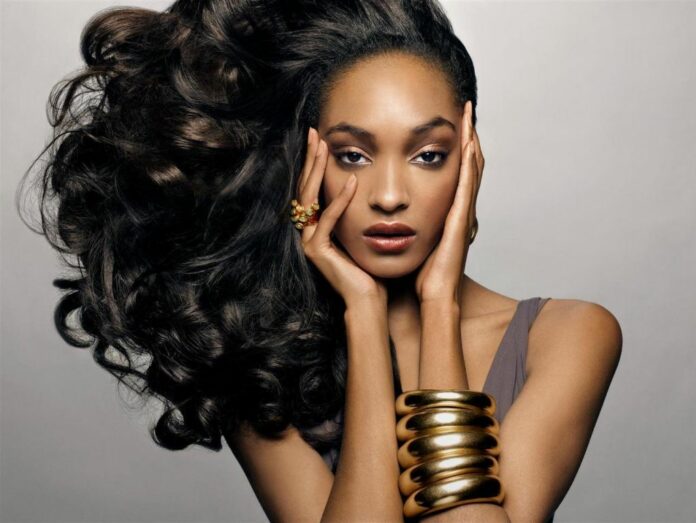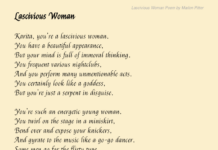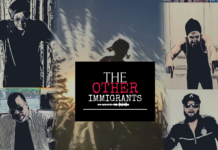In the realm of high fashion, few achievements resonate as profoundly as gracing the cover of Vogue. This accolade stands as an undoubtedly prestigious hallmark, one that signifies not only a model’s career trajectory but also broader cultural conversations surrounding representation and beauty standards. Recently, Jourdan Dunn, an extraordinary supermodel and icon in her own right, has made headlines for landing two covers of Vogue, igniting discussions that traverse far beyond the fabric of fashion itself.
The cultural implications of Dunn’s achievement cannot be overstated. As a woman of colour in a predominantly Eurocentric industry, she has consistently challenged the stereotypical paradigms that perpetuate exclusionary beauty norms. The significance of her success lies not solely in personal triumph but in the catalyzing role it could play for other models of colour seeking representation in a landscape that has historically marginalised them.
In this article, we will delve into the multifaceted conversations that Dunn’s Vogue covers spark, with particular emphasis on the discussions surrounding her hair and its symbolic representation of broader themes in race, identity, and beauty.
Unpacking the Impact of Dual Vogue Covers
Jourdan Dunn’s recent accomplishment of landing two Vogue covers serves not only as a testament to her professional prowess but also as an influential moment in fashion history. Vogue has long been both a reflection and determinant of cultural trends, and the choice to feature Dunn prominently signals a shift toward inclusivity that permeates beyond the glossy pages of the magazine itself. Her presence on the covers fosters a conversation that engages with the evolving definition of beauty, suggesting that the industry may be progressively moving towards a more representative portrayal of femininity.
Historically, the fashion industry has been rife with criticism regarding its lack of diversity, often relegating models of colour to the sidelines, where the narrative surrounding beauty is articulated predominantly by white figures. By allowing Dunn a prominent platform, Vogue not only acknowledges her individual accomplishments but also amplifies the voices of countless others who have been systematically erased or ignored. This monumental occasion reflects a burgeoning awareness of the nuances of diversity, urging the industry to broaden its visual lexicon.
Revisiting Beauty Trends: The Significance of Hair
The conversations surrounding Dunn’s Vogue covers have predominantly focused on her hair—a topic deeply intertwined with race and identity. Hair for many women of colour transcends mere aesthetics; it serves as a potent conduit for self-expression and cultural identity. For Dunn, her hair has often reflected her personal journey, oscillating between diverse styles that celebrate her heritage while challenging conventional Eurocentric notions of beauty. Each styling choice embodies a narrative that invites further dialogue about the complexities of cultural pride, assimilation, and authenticity.
In recent years, there has been a gradual but notable shift in how the fashion industry perceives and celebrates diverse hairstyles. From the glory of afros to the elegance of braids and the fierceness of natural curls, these styles are becoming more prominently featured in high-fashion settings. Dunn’s covers exemplify this shift, positioning her hair as an integral component of her overarching narrative. They serve as a reminder that beauty is not monolithic; rather, it is a mosaic of experiences, expressions, and identities.
The discourse surrounding Dunn’s hair brings to light a pressing issue—why has it taken so long for the fashion world to embrace a fuller spectrum of beauty? The normalization of diversity in hair signifies more than aesthetic evolution; it reflects shifting societal attitudes and an acknowledgment of the intrinsic value of cultural heritage within the beauty paradigm. The courage displayed by Dunn in her hair choices reinforces the narrative that there is power in authenticity.
Challenges and Triumphs: A Broader Context
The celebration of Jourdan Dunn and her hair is but a chapter in a larger narrative concerning representation within the industry. While progress has been made, the fashion world continues to grapple with significant challenges, including tokenism, colourism, and the need for sustainable inclusivity. The recent successes of models of colour like Dunn highlight the transformative power of visibility, stirring up discussions regarding the systemic changes still required to foster equality in representation.
As the industry progresses, it becomes increasingly vital for major publications and brands to transcend performative gestures of diversity. Representation should not be relegated to mere covers or campaigns; it must permeate every aspect of the industry, from hiring practices to editorial decisions. Jourdan Dunn’s two Vogue covers serve as a beacon of hope, yet they must also galvanize stakeholders to push for comprehensive inclusivity that encompasses all facets of the fashion ecosystem.
The Future of Fashion: A Collaborative Effort
In reflecting on Dunn’s triumphant moment, it becomes evident that lasting change necessitates collaboration at various levels. The dynamic interplay between models, designers, stylists, and editors can forge pathways toward a more inclusive industry. By acknowledging and celebrating diverse aesthetics, stakeholders can help dismantle the archaic tropes that have governed representation for far too long. This collective effort is essential in fostering an environment where beauty, in all its forms, can flourish unfettered by restrictive narratives.
This collaboration should extend beyond the confines of Vogue and major fashion publications; instead, it should encompass grassroots movements, community initiatives, and digital platforms that advocate for change. The dialogue surrounding Dunn’s Vogue covers serves not only as a testament to her individual brilliance but also as an invitation for collective action toward a more equitable and representative industry.
Conclusion: A Call for Ongoing Reflection
In conclusion, Jourdan Dunn’s appearance on the covers of Vogue has undeniably sparked vital discussions regarding race, identity, and the evolving nature of beauty standards. Through her hair, she embodies a larger narrative that reflects the richness of cultural heritage while inspiring conversations about inclusivity and representation within the fashion industry. As the fashion world continues to evolve, it is imperative that these conversations do not dissipate with the next issue.
Ongoing reflection and dialogue are crucial for ensuring that stories like Dunn’s are not viewed as singular occurrences but rather as pivotal moments in a transformative journey toward a more inclusive future. The fashion industry, at its best, serves as a mirror to society—reflecting values, attitudes, and aspirations that resonate on a broader scale. By embracing the complexity of beauty and the richness of diverse narratives, the industry has the extraordinary potential to redefine itself as a space that celebrates the myriad facets of identity.





























